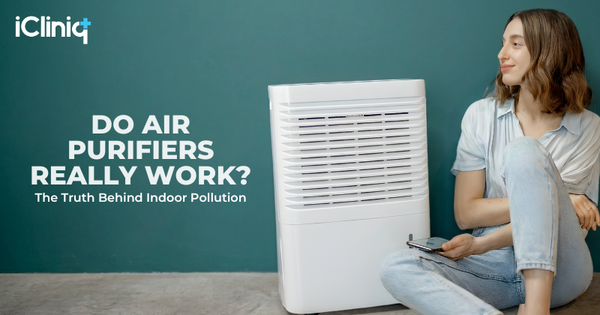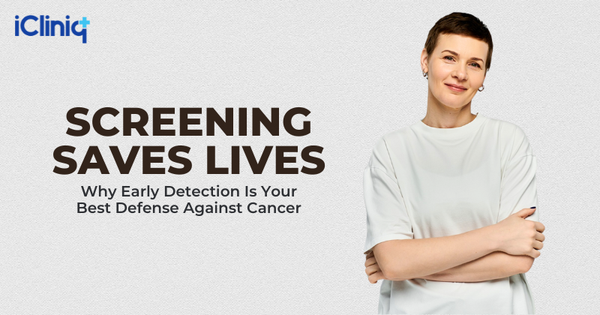Things to Know About COVID-19 Transmission

With the new coronavirus (SARS-CoV-2) spreading across the globe like wildfire, scientists are trying hard to determine the nature of the disease caused by this virus and the mode by which this virus is getting transmitted. Understanding these basic things about the virus will help to spread awareness and make people follow strict precautionary measures to stop the spread of this deadly virus.

How Does COVID-19 Spread?

The primary mode of transmission is through respiratory droplets produced by infected people. When an infected person sneezes, coughs, talks, or sings, the virus is expelled from their oral and nasal secretions. If the virus in these infected droplets enters your nose, mouth, or eyes, you can get infected. You can also get infected by touching a contaminated surface or object and then touching your eyes, nose, mouth, or face.
What Does Asymptomatic or Pre-Symptomatic Mean?

Recent studies have shown that most infected patients do not exhibit any symptoms, or they take around 2 to 14 days to exhibit symptoms, such as dry cough, fever, and breathing difficulty, of COVID-19. Such patients are called asymptomatic or pre-symptomatic.
Doctors believe that asymptomatic patients with mild symptoms might not report or realize that they have been exhibiting symptoms at all, but they still shed the virus and are contagious. So the number of asymptomatic patients might be much less than it is actually being reported.
Can I Infect Others If I Have No Symptoms?

Pre-symptomatic patients shed the virus 1 to 3 days before they develop symptoms. Such patients also test positive for COVID-19 through PCR (polymerase chain reaction). But, there is still no data on the proportion of pre-symptomatic patients contributing to the spread of the new coronavirus.
How Do Asymptomatic People Spread the Virus?

SARS-CoV-2 is present in the upper respiratory tract of an asymptomatic person. When this person sings or shouts at a person nearby, there is a possibility that this virus gets expelled as respiratory droplets. Not sneezing and coughing into a tissue or your bend elbow has the same effect.






